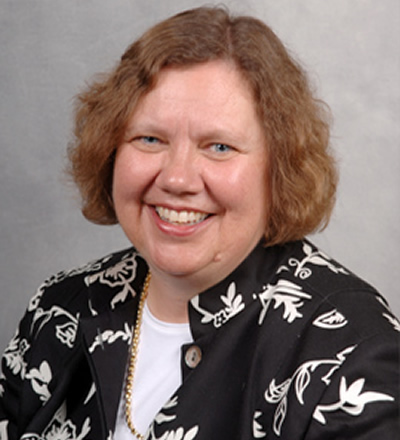Written bySusan E. Cozzens, Georgia Institute of Technology
Inequalities are generated by institutional systems: rules of the game about ownership, distribution, and jobs.
The Fourth Industrial Revolution operates under old rules of ownership and moves into open spaces in the current system. It invents new jobs and sets new rules for how they recruit and pay.
Operating on a worldwide basis, it distributes rewards on a global scale, rather than locally or nationally. It thus concentrates power and resources in new ways. New institutions will be needed to redefine, redistribute, and re-employ. Without institutional transformation, economic elites will move further away from the rest of humanity, putting world social structure in danger of collapse.
Like the earlier industrial revolutions, the Fourth puts a new production system in place in certain leading centers, bringing wealth both to those who own the new means of production and the societies around them. Countries and regions are now competing to take their places in the new order that is emerging.
It is therefore worth remembering that in each previous industrial revolution, an expanding set of regions was able to compete under the new production regimes. Korea’s mastery of manufacturing and electronics, for example, moved it into the top levels of world income and its institutions moved it in the direction of equality.

Expansion of the core of the world system over centuries has spread it from Europe to North America then Japan, concentrating wealth in those places but also spreading it internally, represented most recently by emerging middle classes in China and India.
At the same time, globalization based in the Digital (Third) Revolution has already enabled extraordinary income and wealth inequality.
Eight men hold the same wealth as the poorest half of humanity according to Oxfam (2017). One in five of the world’s richest people live in emerging economies, side by side with billions of poor people (Credit Suisse 2016).
In the Fourth Industrial system, the highly-educated seem to be at a particular advantage at a time when fewer families find educational opportunity to be a pathway upwards.
The small number of jobs in Fourth Industrial Revolution production systems and their high skill levels raise concerns that the employment-expanding dynamics of previous technological revolutions will not characterize this one.
Such anxieties can create the motivation for creative solutions. On an intergovernmental level, the rules of data ownership appear to be a crucial arena, and others may emerge. Strengthened corporate commitment to decent work will be needed.
Cross-national taxation could generate global funds to devote to new, people-centered service jobs. Within countries, investments in high-end skills for a few can create pathways to production and service jobs for many, while governments tax appropriately, improve educational quality, and invest in jobs that serve the common good.
We all have too much at stake together not to take steps like these down new pathways.
Credit Suisse 2016. Global Wealth Report.
Oxfam 2017. An economy for the 99%.
What must be done to ensure that the potential offered by science, technology and innovation towards achieving the SDGs is ultimately realized?
In the context of the UN Commission on Science and Technology for Development, the CSTD Dialogue brings together leaders and experts to address this question and contribute to rigorous thinking on the opportunities and challenges of STI in several crucial areas including gender equality, food security and poverty reduction.
The conversation continues at the twenty-second session of the CSTD and as an online exchange by thought leaders.



